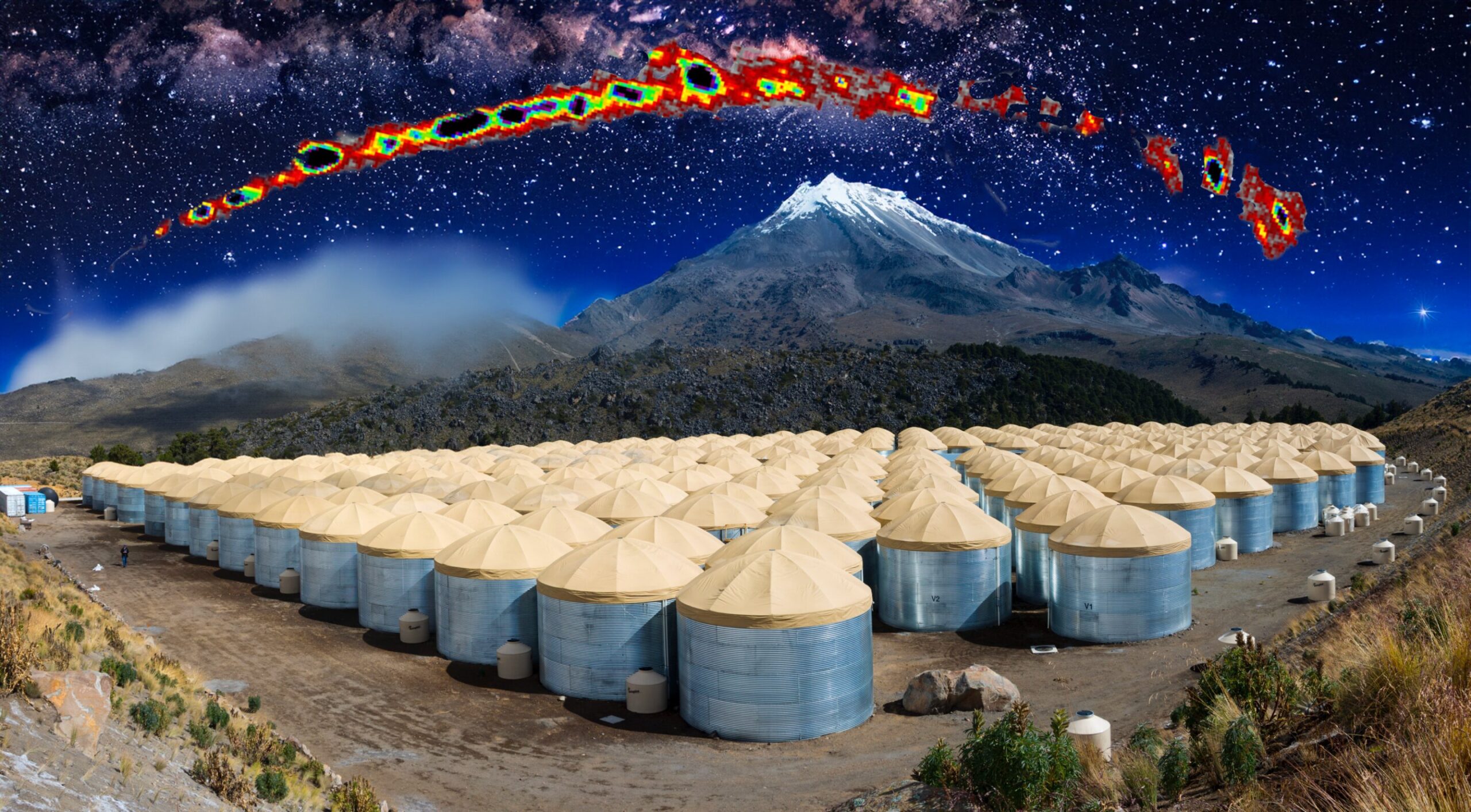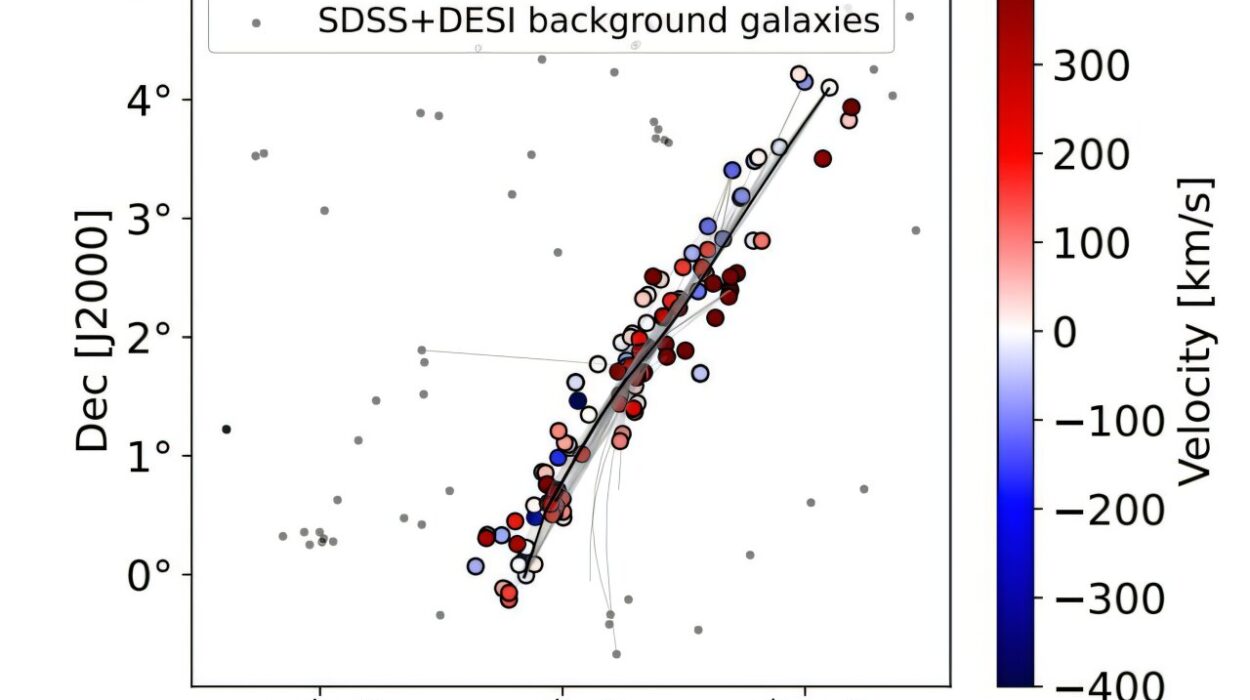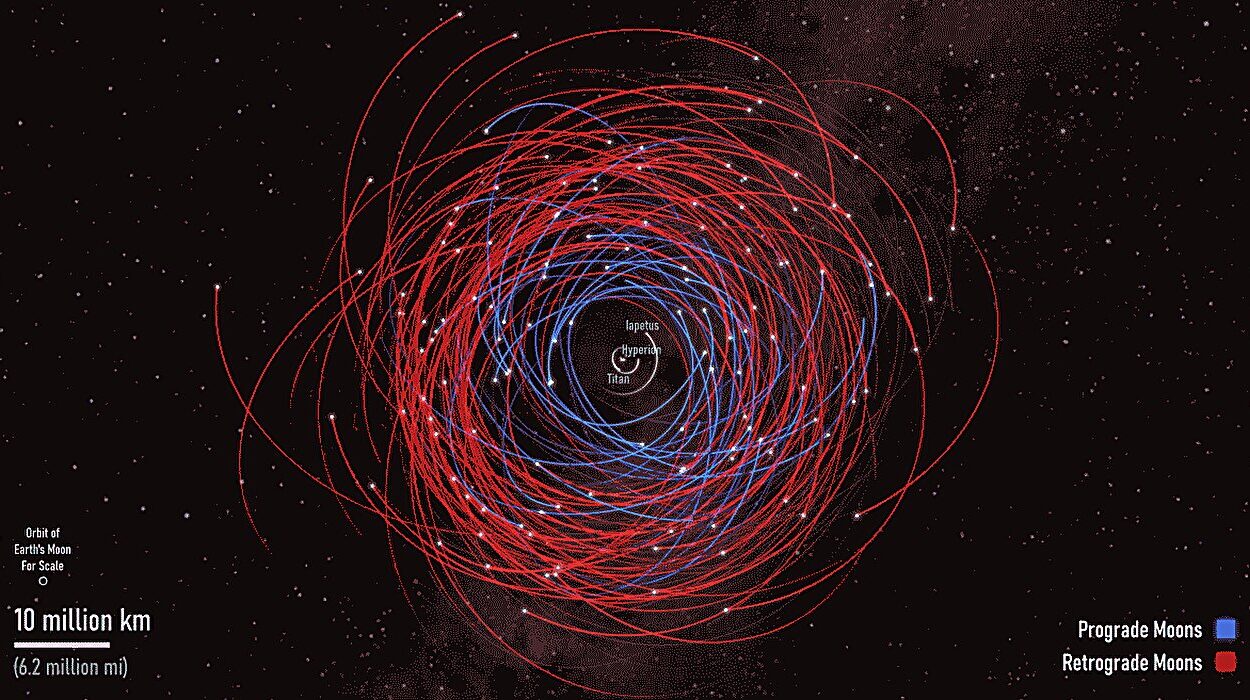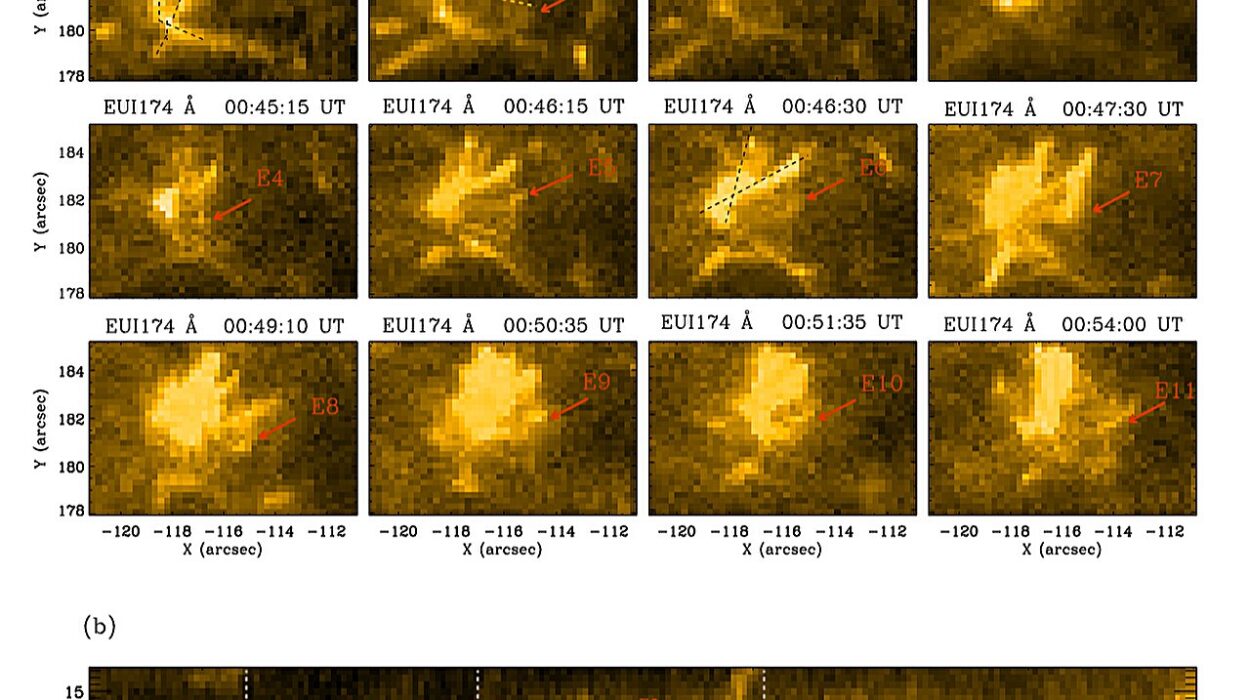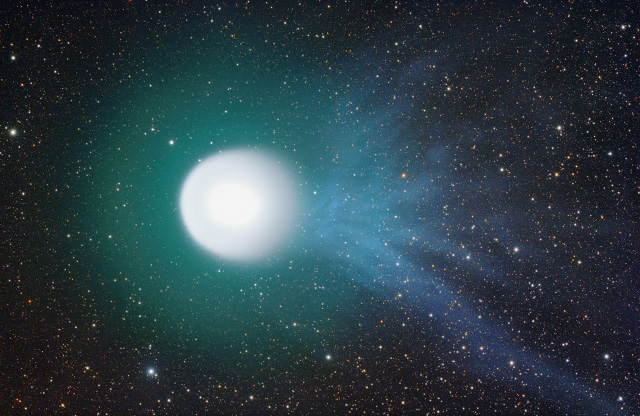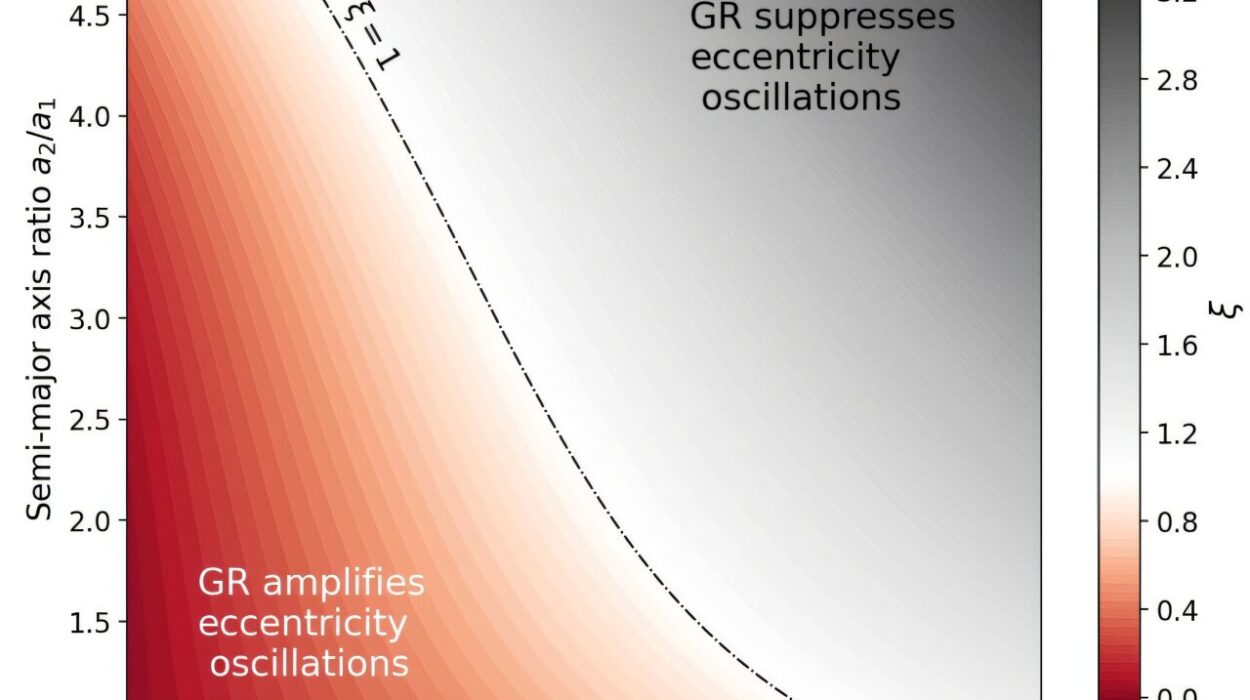Pulsars have long captured the imagination of astronomers, not just because of their extreme nature but because of the uncanny regularity of their signals—blinking cosmic beacons spinning in deep space. These dense, rapidly rotating remnants of once-mighty stars died in supernova explosions, leaving behind neutron stars with magnetic fields a trillion times stronger than Earth’s. When the spin and magnetic poles of these objects are misaligned, jets of energy shoot from their poles like galactic lighthouses. If Earth happens to lie in the path of those beams, we detect them as rhythmic pulses.
But what if some of these pulsars were hidden—not because they don’t exist or have gone quiet—but because we’re simply looking in the wrong part of the electromagnetic spectrum?
This is no longer a speculative question. In recent years, high-energy astronomers have uncovered a curious phenomenon that may revolutionize how we find and understand these strange stellar corpses. It turns out that some pulsars, particularly those in the twilight of their active lives, are surrounded by glowing clouds of incredibly energetic radiation known as TeV halos—vast, ghostly regions that defy conventional explanations.
And now, thanks to years of meticulous data collection from the High-Altitude Water Cherenkov (HAWC) Observatory in Mexico, we may finally be on the verge of answering a long-standing mystery: are TeV halos rare, freak phenomena, or are they a fundamental, nearly universal feature of middle-aged pulsars?
The latest research, published in Physical Review Letters, doesn’t just tilt the scale—it tips it over. The verdict: TeV halos are likely a universal signature of aging pulsars. And this realization has enormous implications, not just for pulsar astronomy but for understanding cosmic rays, particle diffusion, and even the very structure of our galaxy.
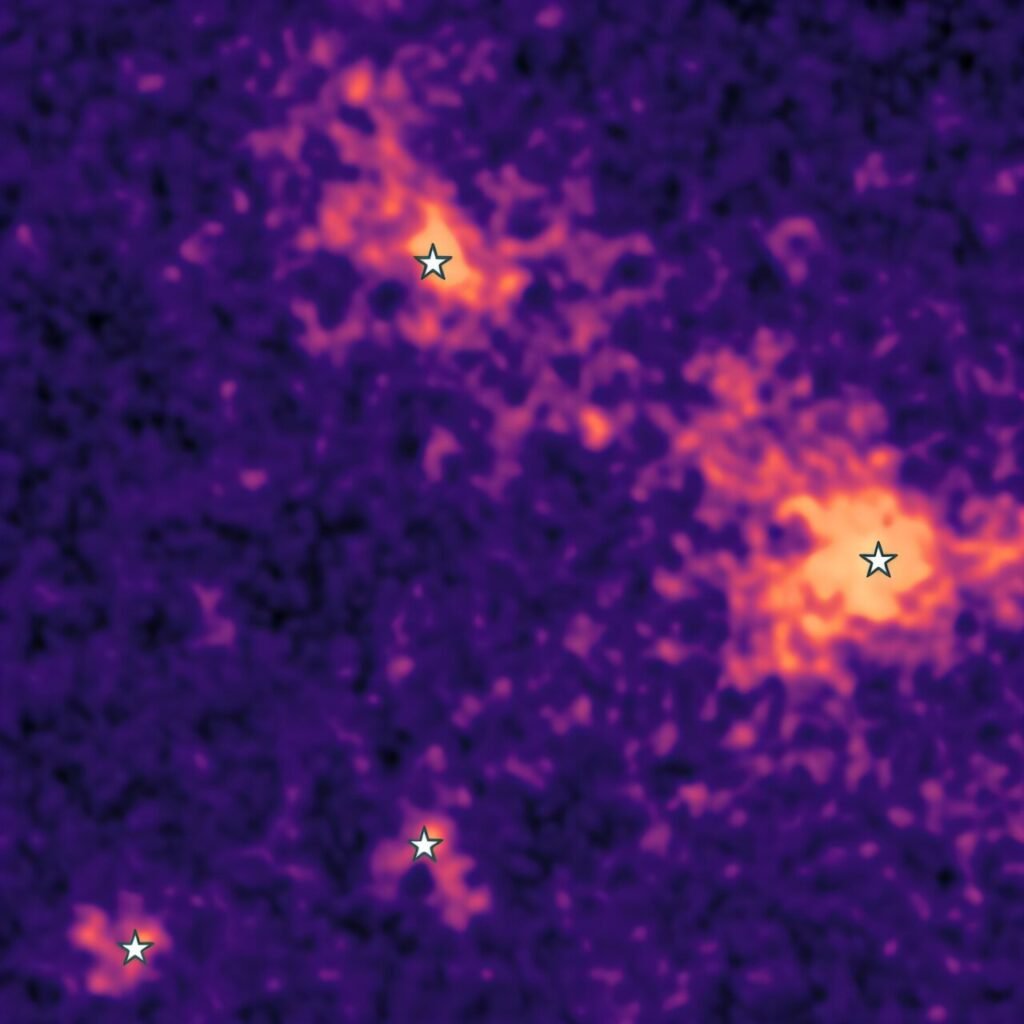
A Glimpse Beyond Radio Waves
Traditionally, pulsars have been found through radio astronomy. In 1967, Jocelyn Bell Burnell first noticed the tell-tale “pulses” in radio emissions coming from a neutron star, launching a new era in astrophysics. Since then, thousands of these rhythmic cosmic clocks have been cataloged, each helping researchers probe the properties of matter under extreme conditions.
But radio waves are only one slice of the cosmic symphony. Pulsars also emit in X-rays, gamma rays, and sometimes visible light. As they age, however, their radio beams often narrow or fade, making them harder to detect. Many neutron stars may slip into darkness—not because they cease to exist, but because we no longer have the instruments tuned to hear them.
Enter TeV gamma rays—tera-electron volt photons, more than a trillion times more energetic than visible light. They are rare, elusive, and difficult to detect. But they carry secrets about the most energetic processes in the universe.
In 2017, the game changed. Scientists using the HAWC Observatory observed massive, fuzzy regions of TeV gamma-ray emissions around two middle-aged pulsars: Geminga and Monogem. These emissions weren’t confined to the compact zones typical of a pulsar wind nebula. Instead, they spread out over dozens of light-years. The implication? Something unusual was happening around these pulsars—something spreading high-energy particles far and wide.
The name given to these mysterious features: TeV halos.
The Puzzle of the Halo
When first discovered, TeV halos were met with a mix of excitement and bewilderment. They didn’t resemble the neatly defined “bubbles” formed by young pulsars or supernova remnants. Instead, they looked like diffuse fogs of gamma radiation, stretching across space in a way that defied standard models of particle propagation.
At their core, these halos seemed to be composed of high-energy electrons and positrons—antimatter counterparts to electrons—emitted by the pulsar and its magnetosphere. These particles interact with low-energy photons from starlight, dust, and the cosmic microwave background, upscattering them into the TeV gamma-ray regime via a process known as inverse Compton scattering.
But why would these electrons and positrons stay so close to the pulsar, creating a glowing halo instead of dispersing rapidly into space, as standard diffusion models would predict?
This question became a focal point for pulsar theorists and high-energy astrophysicists. Was the diffusion coefficient near pulsars lower than expected? Were local magnetic turbulence or unknown confinement mechanisms at play? Or was the entire framework of cosmic-ray propagation in need of revision?
And above all: Were these halos an unusual exception, or a hidden rule?
The HAWC Collaboration’s Big Bet
To answer this, the HAWC Collaboration embarked on a bold initiative. The observatory, located high on the flanks of the Sierra Negra volcano in Mexico at an altitude of 4,100 meters, isn’t a traditional telescope. It doesn’t rely on mirrors or lenses. Instead, it uses 300 large water tanks filled with ultrapure water to detect Cherenkov radiation—the eerie blue flash of secondary particles created when gamma rays from space strike Earth’s upper atmosphere.
HAWC’s advantage lies in its wide field of view and its continuous, all-sky surveillance. Over 2,300 days—more than six years—the collaboration collected gamma-ray data that allowed them to build an unprecedented map of the TeV sky.
Sara Coutiño De León and her colleagues turned their attention to a group of known middle-aged pulsars—those between 100,000 and one million years old—that fell within HAWC’s observational footprint. These are stars that still emit energy but are past their youthful peak. If TeV halos were indeed a common feature, these pulsars should collectively show signs of extended emission.
To test this, the team performed a likelihood stacking analysis. Rather than looking at each pulsar in isolation, they combined the data for all the targets, enhancing the sensitivity to faint signals. The question was straightforward: If they stacked the gamma-ray emission maps from all these pulsars, would a cumulative halo emerge?
The answer, resoundingly, was yes.
A New Tool for the Invisible
The detection of a collective TeV halo signal across multiple pulsars doesn’t just solve one mystery—it opens a new window onto the cosmos.
If TeV halos are indeed ubiquitous among middle-aged pulsars, then they can be used as signposts for discovering pulsars that are invisible to traditional radio or X-ray surveys. These “radio-quiet” pulsars may have beams that don’t sweep past Earth or have grown too faint to detect in lower energies. But their TeV halos linger like a glowing fingerprint.
This changes the game. It means that surveys of high-energy gamma-ray halos can double as a census of neutron stars, illuminating a hidden population that has so far eluded detection.
Moreover, it reshapes our understanding of cosmic-ray origins. Pulsars have long been suspected as major contributors to the population of high-energy positrons observed by space-based instruments like AMS-02 on the International Space Station. But TeV halos suggest that these particles might not escape their natal environment as easily as once thought. Instead, they may be trapped near the pulsar, reshaping the diffusion models that underpin much of modern astrophysics.
What’s Slowing the Particles Down?
One of the biggest puzzles emerging from TeV halo observations is the apparent suppression of particle diffusion in the halo regions. Standard models suggest that high-energy electrons and positrons should zip away from the pulsar into the interstellar medium, dispersing rapidly. But the extended halos imply the opposite: that these particles are lingering, confined to a relatively local volume for hundreds of thousands of years.
This has prompted a flurry of theoretical activity. Some models propose that the turbulent magnetic fields generated by the pulsar itself create a “cosmic cage,” preventing the escape of high-energy particles. Others suggest that the pulsar wind—flowing out from the star’s magnetosphere—interacts with the surrounding interstellar medium to create a region of suppressed diffusion.
Still others propose that we are witnessing the cumulative effect of multiple overlapping TeV halos, forming a diffuse glow that masks the true particle propagation dynamics.
Whatever the answer, it’s clear that particle transport in our galaxy is more complex than once believed. And this complexity matters—not just for understanding pulsars, but for tracing the origins of cosmic rays and even for modeling the galaxy’s magnetic architecture.
Next Steps: Charting the Hidden Pulsar Population
The discovery that TeV halos are common presents both an opportunity and a challenge. On the one hand, it offers a powerful new method for locating neutron stars that evade conventional detection. On the other, it demands a new generation of theoretical models and observational strategies.
The HAWC Collaboration’s work is just the beginning. Future gamma-ray observatories like CTA (Cherenkov Telescope Array) promise even greater sensitivity and resolution, allowing researchers to map individual TeV halos in detail and measure their structures, energy spectra, and time evolution.
Meanwhile, cross-matching TeV data with radio-quiet X-ray sources, gravitational wave detections, and other messengers could lead to a renaissance in pulsar science, one driven not by pulses, but by glows.
And there’s a poetic irony here. For decades, we thought of pulsars as clocks—ticking, regular, precise. But the TeV halos show us that, in their middle age, these stars are less like timepieces and more like bonfires: smoldering, radiant, and revealing far more than we once imagined.
The Broader Cosmic Context
Beyond individual pulsars, the implications of TeV halos ripple outward. Understanding how particles propagate through the Milky Way touches on questions of dark matter detection, galactic dynamics, and the lifecycle of cosmic structures.
If diffusion is locally suppressed around all middle-aged pulsars, it means that the galaxy’s high-energy particle content is more patchy and uneven than previously modeled. This, in turn, affects how we interpret signals in gamma-ray and positron data—particularly those that might hint at exotic phenomena like dark matter annihilation.
TeV halos may also help explain anomalous signals, like the excess of high-energy positrons observed in Earth’s vicinity. If nearby pulsars like Geminga are surrounded by halos that trap rather than release these particles, then the contribution to the positron excess may be less than once hoped—a fact with profound consequences for particle astrophysics.
A Universe Revealed in the Afterglow
The story of TeV halos is a story of rediscovery—of finding new ways to look at old things. Pulsars, long thought to be well-understood, are once again teaching us humility. Their middle-aged phase, once considered quiet and uneventful, turns out to be anything but.
What started as a search for faint gamma-ray fuzziness has turned into a bold new framework for understanding the high-energy universe. It is a testament to the power of curiosity, perseverance, and the willingness to look beyond the obvious.
As Sara Coutiño De León and the HAWC team have shown, sometimes the most transformative discoveries don’t come from blazing new trails, but from patiently staring at the sky—day after day, year after year—until the universe slowly, reluctantly reveals its secrets.
We are only just beginning to understand what TeV halos are trying to tell us. But one thing is already clear: in the deep silence of space, it is not only the loudest voices that matter. Sometimes, it’s the ghostly glow in the dark that speaks the loudest.
Reference: A. Albert et al, Extended TeV Halos May Commonly Exist around Middle-Aged Pulsars, Physical Review Letters (2025). DOI: 10.1103/PhysRevLett.134.171005. On arXiv: DOI: 10.48550/arxiv.2505.00175
